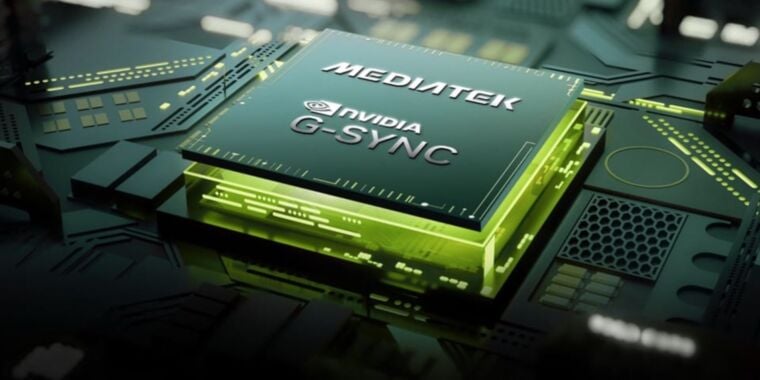- cross-posted to:
- [email protected]
- cross-posted to:
- [email protected]
Back in 2013, Nvidia introduced a new technology called G-Sync to eliminate screen tearing and stuttering effects and reduce input lag when playing PC games. The company accomplished this by tying your display’s refresh rate to the actual frame rate of the game you were playing, and similar variable refresh-rate (VRR) technology has become a mainstay even in budget monitors and TVs today.
The issue for Nvidia is that G-Sync isn’t what has been driving most of that adoption. G-Sync has always required extra dedicated hardware inside of displays, increasing the costs for both users and monitor manufacturers. The VRR technology in most low-end to mid-range screens these days is usually some version of the royalty-free AMD FreeSync or the similar VESA Adaptive-Sync standard, both of which provide G-Sync’s most important features without requiring extra hardware. Nvidia more or less acknowledged that the free-to-use, cheap-to-implement VRR technologies had won in 2019 when it announced its “G-Sync Compatible” certification tier for FreeSync monitors. The list of G-Sync Compatible screens now vastly outnumbers the list of G-Sync and G-Sync Ultimate screens.



OpenGL is a bit more complicated since it’s more than just a specification in practical terms. The documentation and tooling for OpenGL was really awful compared to Direct3D. This is a huge issue when developers are working on implementing features. For instance, the documentation for glReadPixels is incorrect for years and you would have to refer to the wiki for it instead. Yet, the only way you would know this is if you scoured the internet and happened to find a StackOverflow page asking about symptoms that may not even match your issue.
Thankfully, Vulkan seems to be a lot better in this regard but I still curse the heavens everytime I need to go back to OpenGL when supporting older hardware.